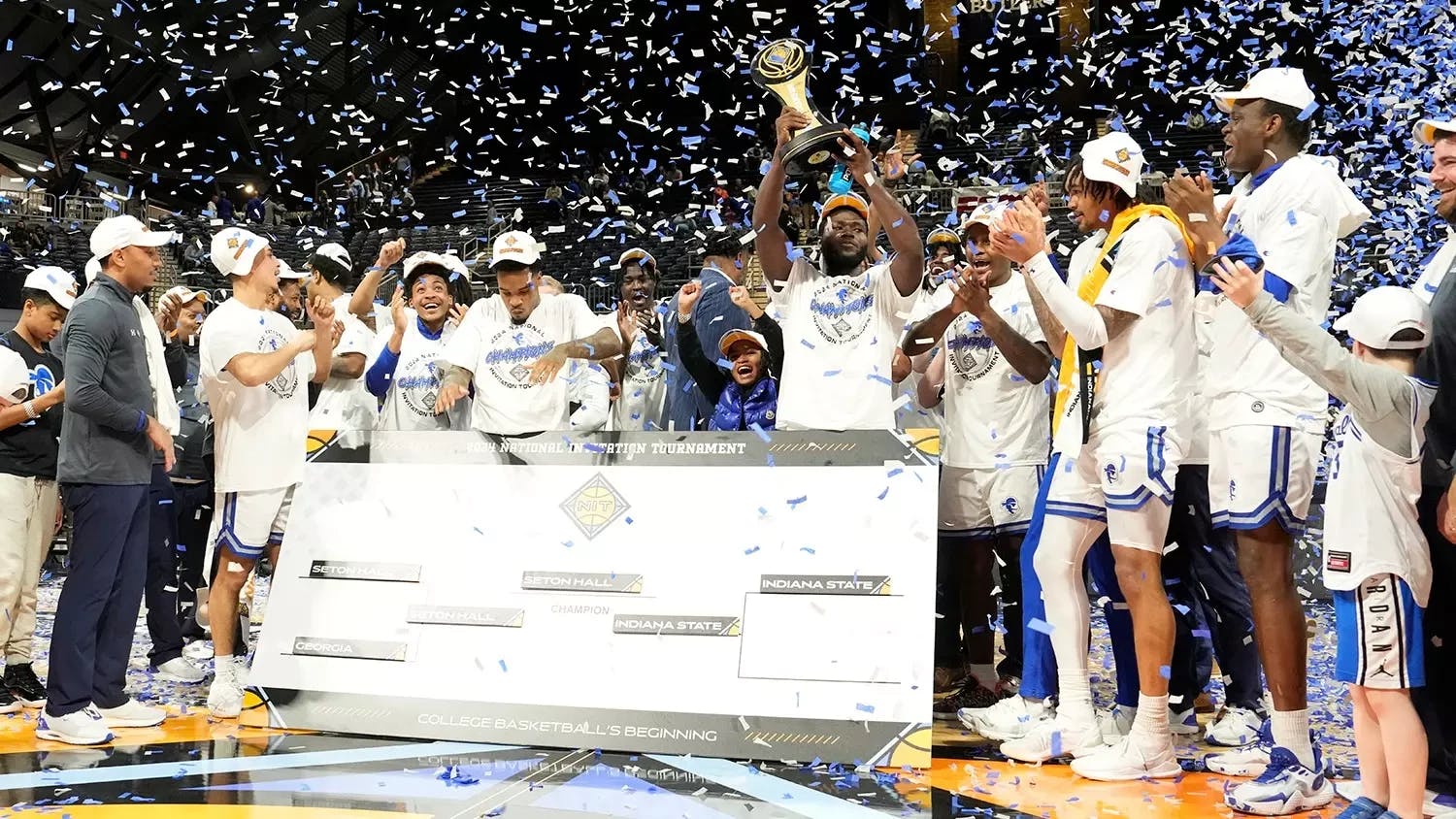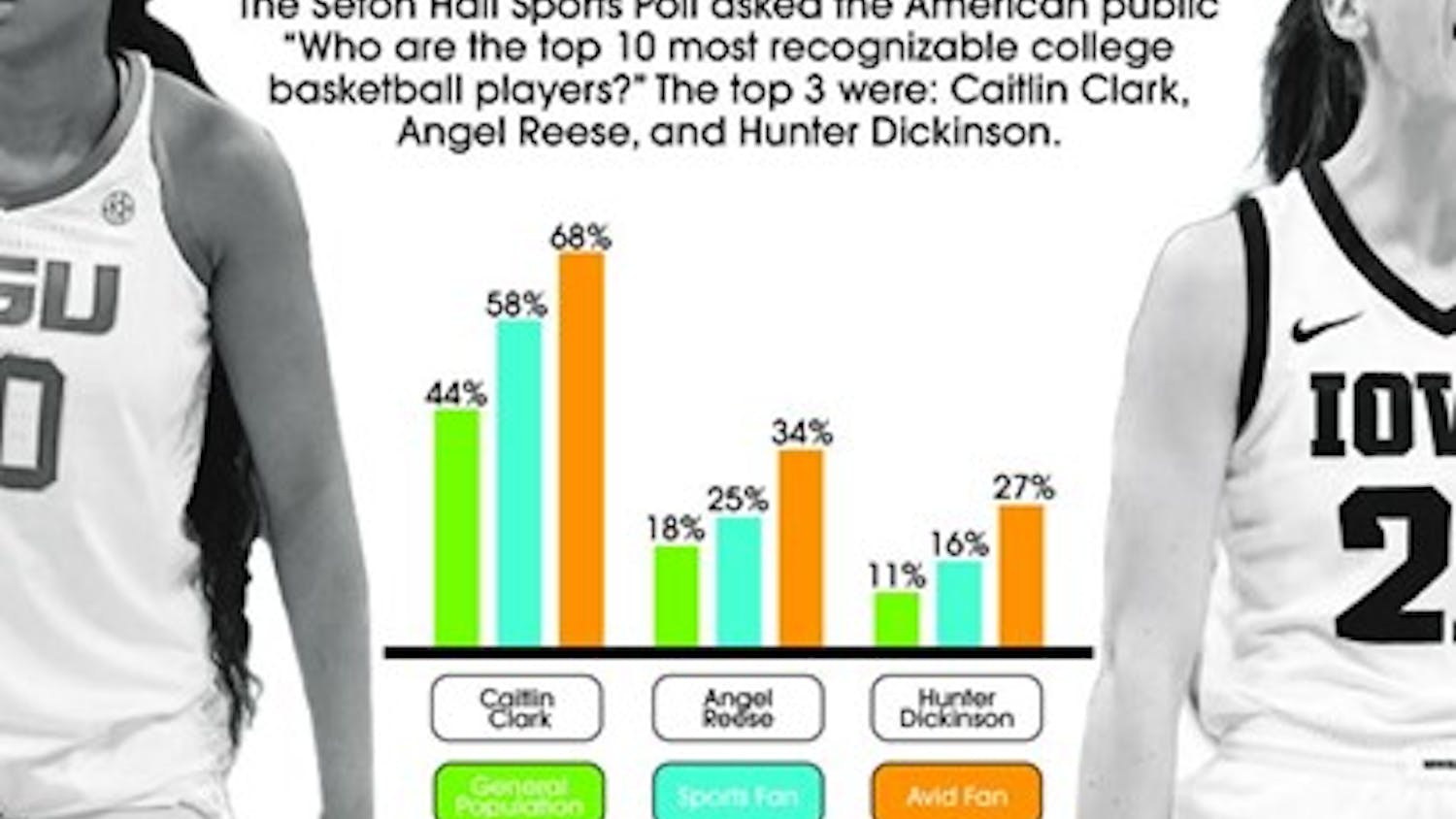
In Nov. 2016, Commissioner Rob Manfred and MLB parted ways with Korn Ferry, an executive search firm brought in by the league last year to support and promote the hiring of minorities to front office positions.
The move highlighted Manfred’s continued frustration in his effort to diversify the league’s front offices.
At the start of the 2016 season, there were just four men of color in a team’s front office: Kenny Williams (White Sox), Al Avila (Tigers), Farhan Zaidi (Dodgers) and Mike Hill (Marlins). Of the 30 managers, just three were of color. Shortly into the season, Brave’s manager Fredi Gonzalez was fired, leaving the league with only two managers from a minority group: Dave Roberts (Dodgers) and Dusty Baker (Nationals). This offseason, the White Sox hired Mexican-American Rick Renteria to be their new manager, Ge was already the bench coach and was promoted to keep continuity within the clubhouse, a move that was considered long-deserving.
Ferry left because MLB had not shown any effectiveness in the year and a half that he worked with the league. None of the front office vacancies were filled by a person of color for the second straight offseason. Korn Ferry’s was supposed to find more minority front office candidates through promotion, interview and resume preparation, and networking within the league. The firm instituted The Pipeline Program, designed to do just that. In some places, the program was successful to a certain extent. The best example is in Atlanta, where Manfred applauded the Braves for interviewing four minority candidates for their open managerial position. Although none of them were hired as manager, each of them now has a position within the Braves organization.
On the other hand, some teams did not even take the time to consider many candidates of color. The Minnesota Twins interviewed just one candidate of color for their open presidential position. They hired Derek Falvey, a caucasian with a limited resume and little front office experience despite multiple highly qualified men of color. The Arizona Diamondbacks followed a similar path, interviewing just two men of color for their presidential position.
Despite Ferry’s solid track record of work with the NFL, NBA and NCAA, Manfred acknowledged that using a search firm to implement diversity was the wrong course of action. Rather, it will take the work of each team to diversify their front offices by hiring people of color for entry-level positions and giving potential front office candidates the necessary training, support and opportunities to be promoted.
The diversity problem is not only at the front office level. There is a reason why Orioles outfielder Adam Jones called his profession a “white man’s game.” Just over eight percent of major leaguers are African-American, while Caucasians make up almost 60 percent of players, according to the 2016 MLB racial and gender report card. Although there is just one Latino manager, Renteria, Latinos make up just under 30 percent of all major leaguers. That disparity in the numbers can be attributed to college baseball. Most Latino players are signed as international free agents, rather than playing college baseball. The effect of not having a college education could be a reason for a lack of Latino front office candidates. That is no excuse however, and The Pipeline Program will only serve to help those minority groups.
Nothing the league or Manfred has done thus far in assisting minority front office candidates has worked. Until teams introduce themselves to a more diverse candidate pool, MLB will lack any form of racial or ethnic diversity.
Andrew Lombardo is a journalism major from Middletown, Conn. He can be reached at andrew.lombardo@student.shu.edu or on Twitter @anlombardo8.





